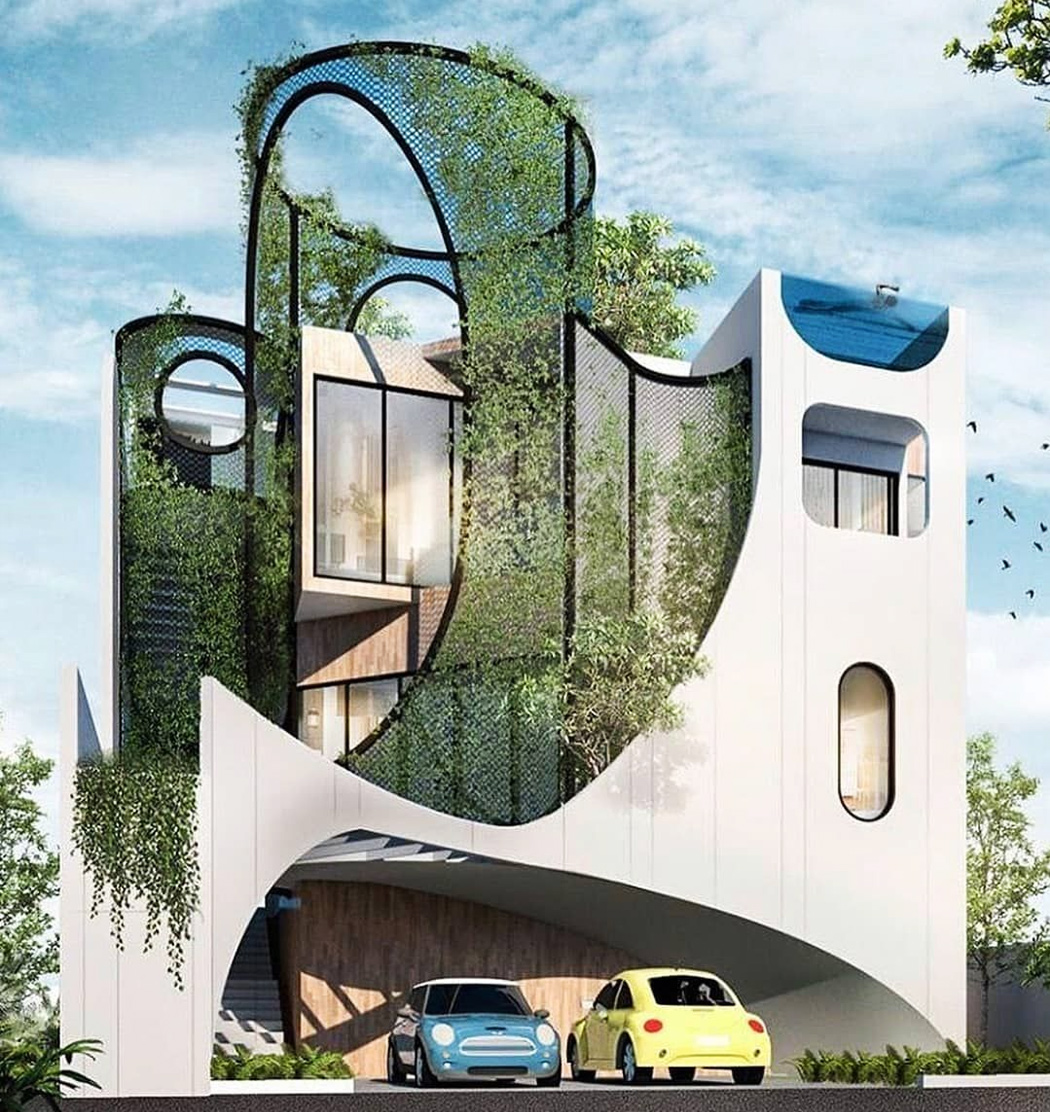Exactly How CDA Architects Incorporate Creativity and Functionality in Modern Design
Exactly How CDA Architects Incorporate Creativity and Functionality in Modern Design
Blog Article
An Extensive Review of Architectural Styles and Their Influence on Modern City Planning and Development
Architectural styles have long served as a mirror to the social worths and technological improvements of their time, playing a crucial role in forming modern city planning and growth. From the splendour of Neoclassicism to the practical strategy of Brutalism, each style has actually introduced unique principles that affect urban aesthetics and capability.
Historic Overview of Architectural Designs
Throughout history, building styles have actually progressed in action to cultural, technical, and environmental elements. Each period mirrors the dominating values, ideas, and innovations of its time, leading to an abundant tapestry of design that signifies human creative thinking and adjustment. The ancient human beings, such as the Egyptians and Greeks, established foundational designs that stressed proportion and proportion, offering both practical and aesthetic functions.
As cultures transitioned via the Middle Ages, Gothic design arised, identified by its verticality and elaborate describing, mirroring the spiritual goals of the age. The Renaissance noted a rebirth of classical ideals, merging art and design in ingenious manner ins which influenced subsequent styles across Europe.
The Industrial Transformation presented brand-new products and building and construction techniques, triggering motions like Modernism, which tested standard kinds and welcomed simpleness and functionality. The 20th century saw a diversity of designs, with Postmodernism responding versus the plain minimalism of its precursor, integrating historic recommendations and diverse components.
Today, building designs proceed to progress, driven by globalization and sustainability worries, showing a dynamic interplay in between heritage and innovation. This historical overview highlights the value of style as a mirror of social development and as a driver for urban advancement.
Key Architectural Styles Explained
The variety of architectural styles mirrors the myriad impacts that shape our constructed setting, each embodying unique qualities and social significances. Trick building styles consist of Classic, Gothic, Baroque, Modernism, and Postmodernism, each standing for one-of-a-kind historic contexts and aesthetic ideologies.
Timeless style, rooted in old Greece and Rome, emphasizes proportion, proportion, and using columns. On the other hand, Gothic style, prospering in the Center Ages, is defined by sharp arches, ribbed safes, and flying buttresses, creating a spiritual high quality in basilicas. Baroque architecture, arising in the 17th century, is marked by magnificence, elaborate decoration, and a vibrant interplay of light and shadow.

Understanding these designs gives understanding right into the blog here social stories and technical innovations of their corresponding ages, highlighting exactly how design serves not equally as a sanctuary, yet as a representation of social values and goals.
Influence On Urban Preparation
In forming the development of cities, architectural designs considerably affect urban preparation decisions. The selection of architectural style usually dictates the looks, capability, and total character of urban atmospheres.
Furthermore, building styles can affect zoning policies and land use policies. Urban organizers must consider the dominating building trends when developing districts, making sure that brand-new growths integrate with existing frameworks. This consideration fosters cohesive urban landscapes and boosts community identification.
The execution of specific architectural styles can likewise affect socioeconomic variables within a city. High-end contemporary designs may draw in upscale citizens and services, leading to gentrification, while a lot more budget friendly real estate options could focus on sensible and lasting styles to fit diverse populations. Ultimately, the interaction in between building styles and urban planning develops vibrant cities that show both historical context and contemporary demands, forming the lived experiences of their occupants.
Sustainability and Modern Architecture
Architectural designs play an essential function in dealing with contemporary challenges, specifically in the realm of sustainability. As urban locations increase and environmental issues heighten, modern style progressively embraces lasting style principles that focus on power efficiency, source conservation, and minimal eco-friendly effect.
Contemporary building motions, such as biophilic design and eco-friendly style, supporter for frameworks that balance with their surroundings, using natural products and promoting biodiversity - cda architects. These designs usually incorporate renewable resource resources, such as solar panels and wind turbines, to lower dependence on nonrenewable fuel sources and lower carbon impacts
Additionally, the combination of sophisticated modern technologies, such as wise building systems, boosts energy monitoring, optimizing source use while making sure occupant comfort. Cutting-edge water management approaches, including rain harvesting and greywater recycling, more add to lasting city environments.
Significantly, sustainability expands past environmental worries; it encompasses social and economic dimensions too. By cultivating community well-being and promoting inclusivity, contemporary building designs align with lasting development goals. The evolution of architectural practices continues to form resilient cities that not only meet the needs of the present but also protect the future for generations to come.
Neighborhood Interaction in Layout
Area engagement in design serves as a critical bridge between designers and the populations they offer, making certain that the constructed environment reflects the requirements and desires of its users. This joint procedure welcomes area you can try here participants to add their insights and preferences, fostering a feeling of possession and obligation toward the spaces they inhabit.
Effective area involvement uses different methods, such as workshops, surveys, and public discussion forums, to collect varied perspectives (cda architects). These approaches promote a two-way discussion, enabling architects to recognize regional contexts while empowering locals to voice their problems and wishes. This inclusivity not only boosts the style quality yet likewise advertises social equity by addressing the one-of-a-kind difficulties faced by marginalized teams

Verdict
Architectural styles have profoundly affected modern-day city planning and development, mirroring progressing cultural and technical contexts. As cities proceed to grow and adjust, the recurring discussion between building heritage and contemporary design concepts will continue to be necessary in creating comprehensive, lively areas that enhance top quality of life and promote social equity.
Report this page